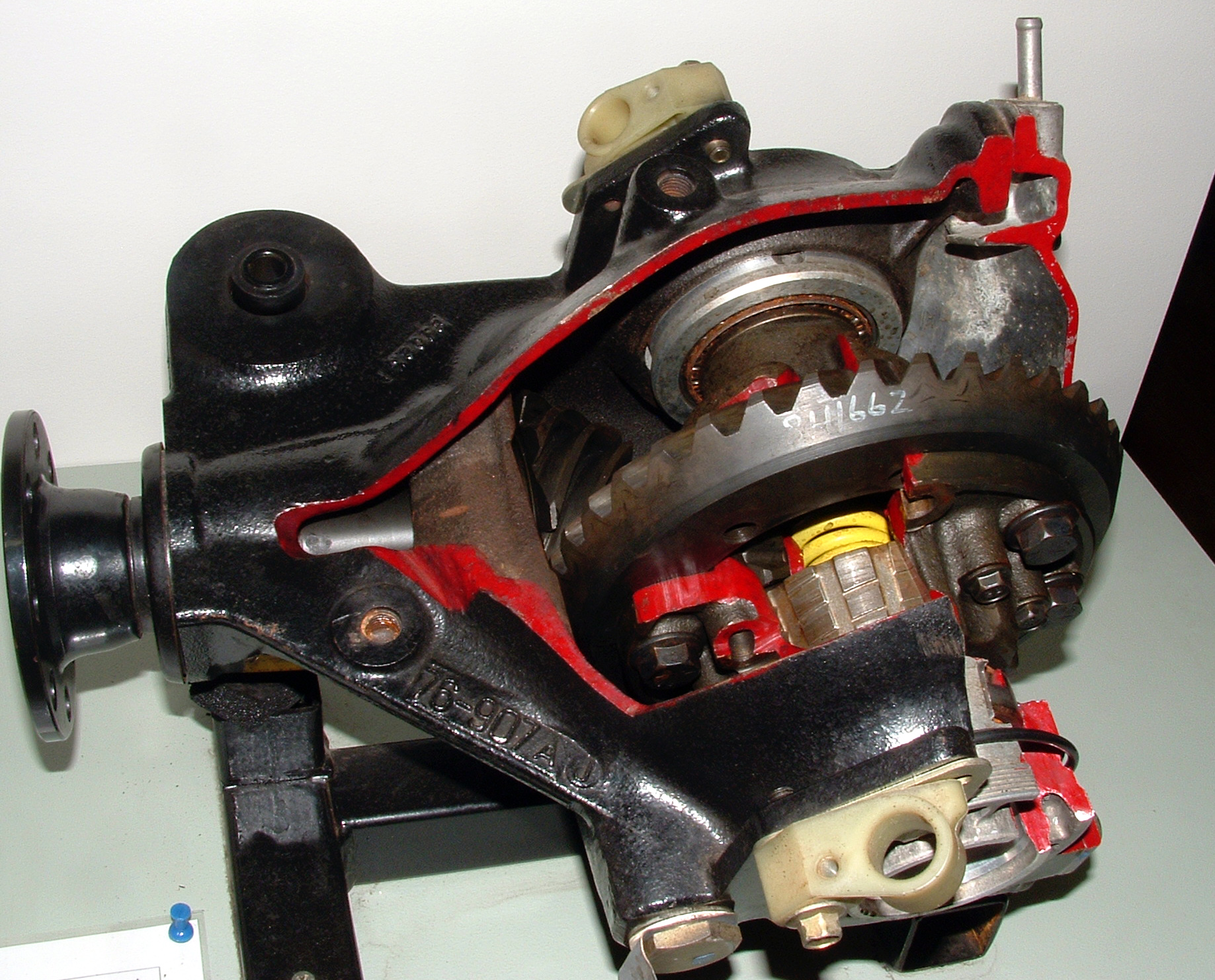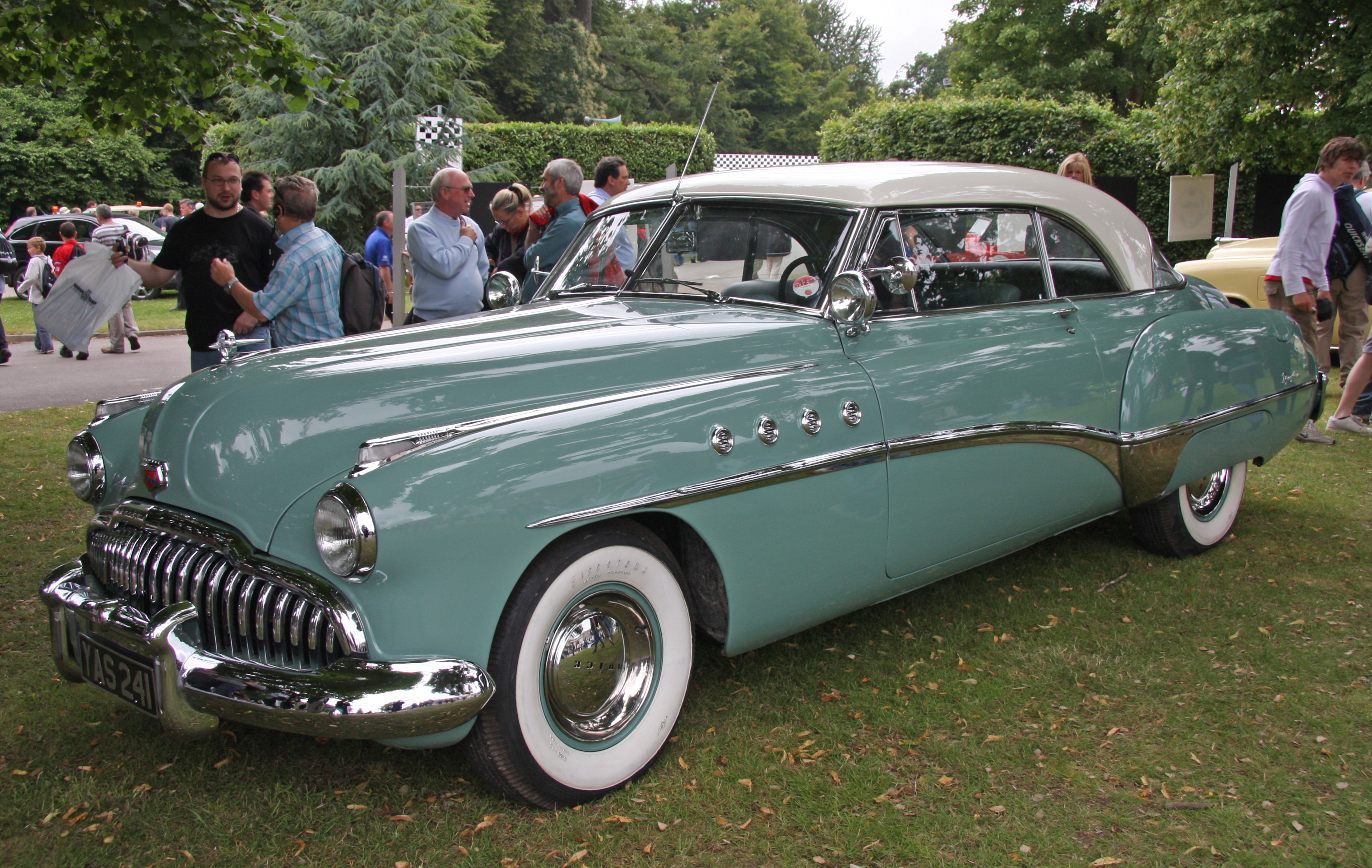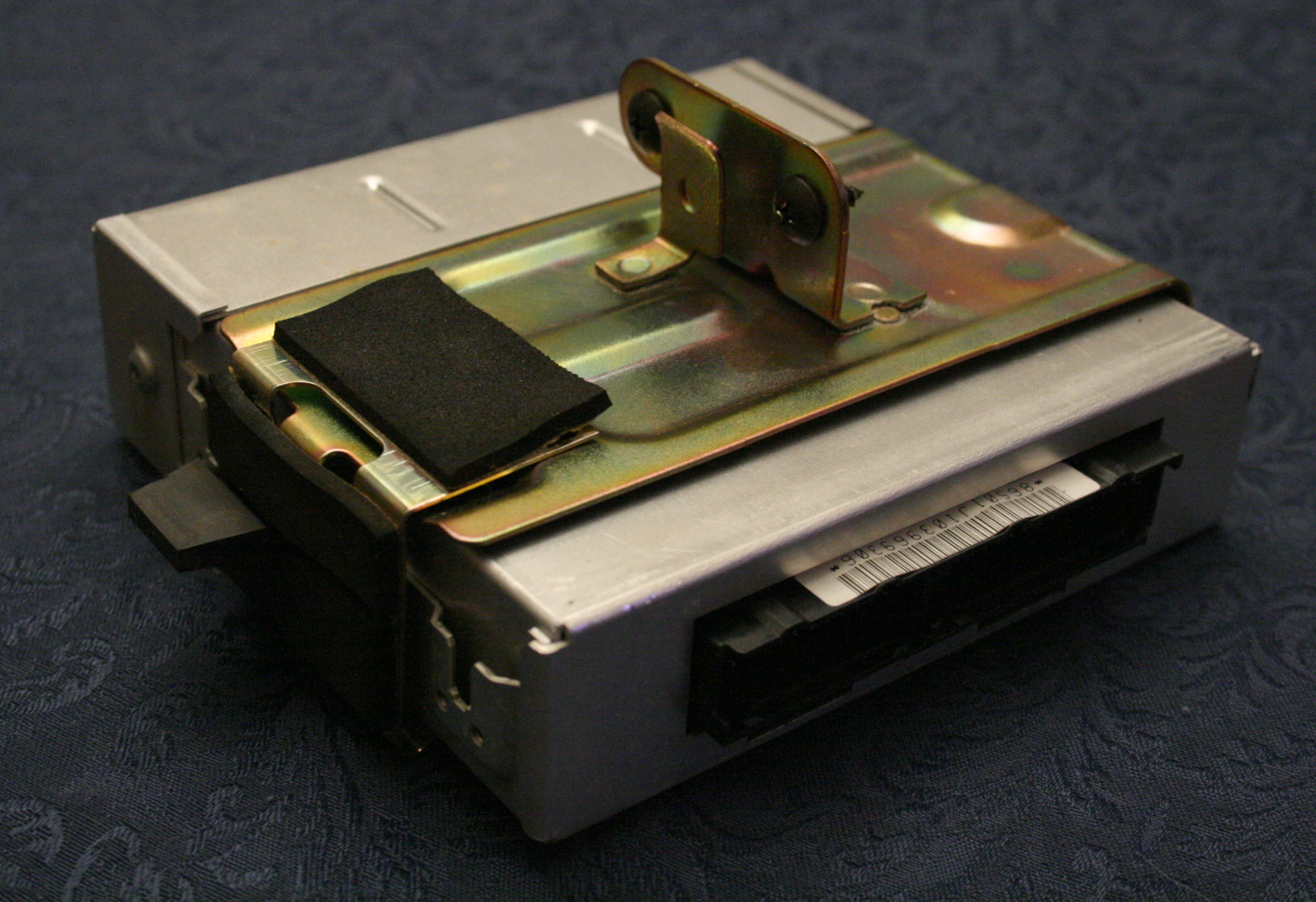|
Traction Control
A traction control system (TCS), also known as ASR (from german: Antriebsschlupfregelung, lit=drive slippage regulation), is typically (but not necessarily) a secondary function of the electronic stability control (ESC) on production motor vehicles, designed to prevent loss of traction (i.e., wheelspin) of the driven road wheels. TCS is activated when throttle input and engine power and torque transfer are mismatched to the road surface conditions. The intervention consists of one or more of the following: *Brake force applied to one or more wheels *Reduction or suppression of spark sequence to one or more cylinders *Reduction of fuel supply to one or more cylinders *Closing the throttle, if the vehicle is fitted with drive by wire throttle *In turbocharged vehicles, a boost control solenoid is actuated to reduce boost and therefore engine power. Typically, traction control systems share the electrohydraulic brake actuator (which does not use the conventional master cylinder a ... [...More Info...] [...Related Items...] OR: [Wikipedia] [Google] [Baidu] |
Limited Slip Differential
A limited-slip differential (LSD) is a type of differential that allows its two output shafts to rotate at different speeds but limits the maximum difference between the two shafts. Limited-slip differentials are often known by the generic trademark Positraction, a brand name owned by General Motors. In an automobile, such limited-slip differentials are sometimes used in place of a standard differential, where they convey certain dynamic advantages, at the expense of greater complexity. Early history In 1932, Ferdinand Porsche designed a Grand Prix racing car for the Auto Union company. The high power of the design caused one of the rear wheels to experience excessive wheel spin at any speed up to . In 1935, Porsche commissioned the engineering firm ZF to design a limited-slip differential to improve performance. The ZF "sliding pins and cams" became available, and one example was the Type B-70 used during the Second World War in the military VWs ( Kübelwagen and Schwimmwa ... [...More Info...] [...Related Items...] OR: [Wikipedia] [Google] [Baidu] |
Electronic Stability Control
Electronic stability control (ESC), also referred to as electronic stability program (ESP) or dynamic stability control (DSC), is a computerized technology that improves a vehicle's stability by detecting and reducing loss of traction ( skidding). When ESC detects loss of steering control, it automatically applies the brakes to help steer the vehicle where the driver intends to go. Braking is automatically applied to wheels individually, such as the outer front wheel to counter oversteer, or the inner rear wheel to counter understeer. Some ESC systems also reduce engine power until control is regained. ESC does not improve a vehicle's cornering performance; instead, it helps reduce the chance of the driver losing control of the vehicle. According to the U.S. National Highway Traffic Safety Administration and the Insurance Institute for Highway Safety in 2004 and 2006 respectively, one-third of fatal accidents could be prevented by the use of the technology. In Europe the elect ... [...More Info...] [...Related Items...] OR: [Wikipedia] [Google] [Baidu] |
Buick Riviera
The Buick Riviera is a personal luxury car that was marketed by Buick from 1963 to 1999, with the exception of the 1994 model year. As General Motors' first entry into the personal luxury car market segment, the Riviera was highly praised by automotive journalists upon its high-profile debut. It was a ground-up design on a new GM E platform debuting for the 1963 model year and was also Buick's first unique Riviera model. Unlike its subsequent GM E platform stablemates, the Oldsmobile Toronado and Cadillac Eldorado, the Riviera was initially a front engine/rear-wheel drive platform, switching to front-wheel drive starting with the 1979 model year. While the early models stayed close to their original form, eight subsequent generations varied substantially in size and styling. A total of 1,127,261 Rivieras were produced. The Riviera name was resurrected for two concept cars that were displayed at auto shows in 2007 and in 2013. Origins The Riviera name The name ''Riviera'', ... [...More Info...] [...Related Items...] OR: [Wikipedia] [Google] [Baidu] |
Slip Ratio
Slip ratio is a means of calculating and expressing the slipping behavior of the wheel of an automobile. It is of fundamental importance in the field of vehicle dynamics, as it allows to understand the relationship between the deformation of the tire and the longitudinal forces (i.e. the forces responsible for forward acceleration and braking) acting upon it. Furthermore, it is essential to the effectiveness of any anti-lock braking system. When accelerating or braking a vehicle equipped with tires, the observed angular velocity of the tire does not match the expected velocity for pure rolling Rolling is a type of motion that combines rotation (commonly, of an axially symmetric object) and translation of that object with respect to a surface (either one or the other moves), such that, if ideal conditions exist, the two are in contact ... motion, which means there appears to be apparent sliding between outer surface of the rim and the road in addition to rolling due to defo ... [...More Info...] [...Related Items...] OR: [Wikipedia] [Google] [Baidu] |
Auto Racing
Auto racing (also known as car racing, motor racing, or automobile racing) is a motorsport involving the racing of automobiles for competition. Auto racing has existed since the invention of the automobile. Races of various sorts were organised, with the first recorded as early as 1867. Many of the earliest events were effectively Classic trials, reliability trials, aimed at proving these new machines were a practical mode of transport, but soon became an important way for automobile makers to demonstrate their machines. By the 1930s, specialist racing cars had developed. There are now numerous different categories, each with different rules and regulations. History The first prearranged match race of two self-powered road vehicles over a prescribed route occurred at 4:30 A.M. on August 30, 1867, between Ashton-under-Lyne and Old Trafford, a distance of eight miles. It was won by the carriage of Isaac Watt Boulton. Internal combustion auto racing events began soon after ... [...More Info...] [...Related Items...] OR: [Wikipedia] [Google] [Baidu] |
Transaxle
A transaxle is a single mechanical device which combines the functions of an automobile's transmission, axle, and differential into one integrated assembly. It can be produced in both manual and automatic versions. Engine and drive at the same end Transaxles are nearly universal in all automobile configurations that have the engine placed at the same end of the car as the driven wheels: the front-engine/front-wheel-drive; rear-engine/rear-wheel-drive; and mid-engine/rear-wheel-drive arrangements. Many mid- and rear-engined vehicles use a transverse engine and transaxle, similar to a front-wheel-drive unit. Others use a longitudinal engine and transaxle like Ferrari's 1989 Mondial t which used a "T" arrangement with a longitudinal engine connected to a transverse transaxle. Front-wheel-drive versions of modern Audis, from the A4 upwards, along with their related marques from the Volkswagen Group (which share the same automobile layout) also use a similar layout, but w ... [...More Info...] [...Related Items...] OR: [Wikipedia] [Google] [Baidu] |
Transfer Case
A transfer case is a part of the drivetrain of four-wheel-drive, all-wheel-drive, and other multiple powered axle vehicles. The transfer case transfers power from the transmission to the front and rear axles by means of drive shafts. It also synchronizes the difference between the rotation of the front and rear wheels, and may contain one or more sets of low range gears for off-road use. Functions * The transfer case receives power from the transmission and sends it to both the front and rear axles, or just one (usually the rear.) This can be done with gears, hydraulics, or chain drive. On some vehicles, such as four-wheel-drive trucks or vehicles intended for off-road use, this feature is controlled by the driver. The driver can put the transfer case into either "two-wheel-drive" or "four-wheel-drive" mode. This is sometimes accomplished by means of a shifter, similar to that in a manual transmission. On some vehicles, this may be electronically operated by a switch inste ... [...More Info...] [...Related Items...] OR: [Wikipedia] [Google] [Baidu] |
All-wheel-drive
An all-wheel drive vehicle (AWD vehicle) is one with a powertrain capable of providing power to all its wheels, whether full-time or on-demand. The most common forms of all-wheel drive are: ;1x1 : All unicycles Reflecting one axle with one wheel capable of being powered. ; 2x2 : Some motorcycles and bikes Reflecting two axles with one wheel on each capable of being powered. ;4×4 (also, four-wheel drive and 4WD): Reflecting two axles with both wheels on each capable of being powered. ; 6×6 (also, six-wheel drive and 6WD): Reflecting three axles with both wheels on each capable of being powered. ;8×8 (also, eight-wheel drive and 8WD): Reflecting four axles with both wheels on each capable of being powered. Vehicles may be either part-time all-wheel drive or full-time: ;On-demand (also, part-time): One axle is permanently connected to the drive, the other is being connected as needed ;Full-time (also, permanent): All axles are permanently connected, with or without a dif ... [...More Info...] [...Related Items...] OR: [Wikipedia] [Google] [Baidu] |
Electronic Control Unit
An electronic control unit (ECU), also known as an electronic control module (ECM), is an embedded system in automotive electronics that controls one or more of the electrical systems or subsystems in a car or other motor vehicle. Modern vehicles have many ECUs, and these can include some or all of the following: engine control module (ECM), powertrain control module (PCM), transmission control module (TCM), brake control module (BCM or EBCM), central control module (CCM), central timing module (CTM), general electronic module (GEM), body control module (BCM), and suspension control module (SCM). These ECUs together are sometimes referred to collectively as the car's computer though technically they are all separate computers, not a single one. Sometimes an assembly incorporates several individual control modules (a PCM often controls both the engine and the transmission). [...More Info...] [...Related Items...] OR: [Wikipedia] [Google] [Baidu] |
Yaw (rotation)
A yaw rotation is a movement around the yaw axis of a rigid body that changes the direction it is pointing, to the left or right of its direction of motion. The yaw rate or yaw velocity of a car, aircraft, projectile or other rigid body is the angular velocity of this rotation, or rate of change of the heading angle when the aircraft is horizontal. It is commonly measured in degrees per second or radians per second. Another important concept is the yaw moment, or yawing moment, which is the component of a torque about the yaw axis. Measurement Yaw velocity can be measured by measuring the ground velocity at two geometrically separated points on the body, or by a gyroscope, or it can be synthesized from accelerometers and the like. It is the primary measure of how drivers sense a car's turning visually. It is important in electronic stabilized vehicles. The yaw rate is directly related to the lateral acceleration of the vehicle turning at constant speed around a constant radi ... [...More Info...] [...Related Items...] OR: [Wikipedia] [Google] [Baidu] |


_1st.jpg)


